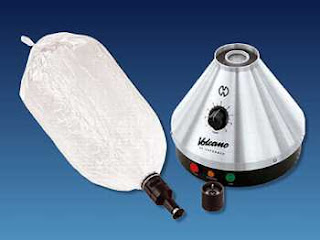This form of molecular gastronomy was first created by Ferran Adria, Heston Blumenthal and Grant Atchatz but the trend was adopted by many other molecular gastronomy chefs in today's world. Chef Ferran Adria created the spherification process which allows spherical gels to be created which can be added to caviar, champagne and margaritas and other traditional cocktails to make the drink stand out.
Some interesting examples which make use of molecular mixology are jell-o-shots, cocktail marshmallows, cocktail ice pops, cocktail gums, frozen nitro cocktails, suspending solid elements in liquid in order for superb visual presentation, serving cocktails in hollowed food and vegetables, foams and air bubbles, layered cocktails, and even cotton candy. Molecular mixology today, is mostly looking at the physical properties of the drink and finding ways to work with it using vaporization, the appropriate glass, making foams, gels and mists.
References:
Images from:
http://www.slashfood.com/2010/05/28/molecular-mixology-lenell-it-all/
http://runninginheels.co.uk/articles/molecular-cocktails/
Molecular Mixology. (n.d.). Retrieved from Molecular Recipes.com:
http://www.molecularrecipes.com/molecular-mixology/molecular-mixology/
O'Neil, D. (2010, December). Introduction to
Molecular Mixology. Retrieved from Art of Drink:
http://www.artofdrink.com/archive/research/introduction-to-molecular-mixology/





